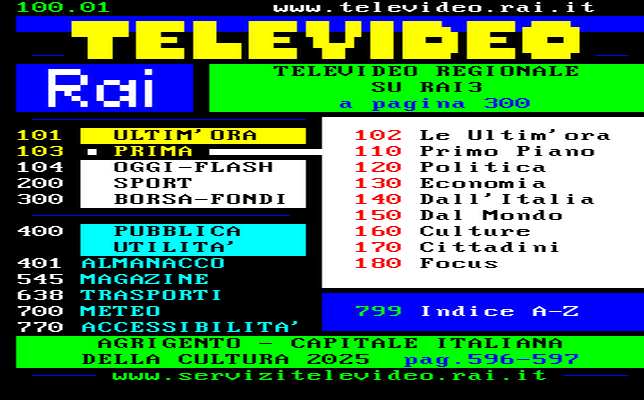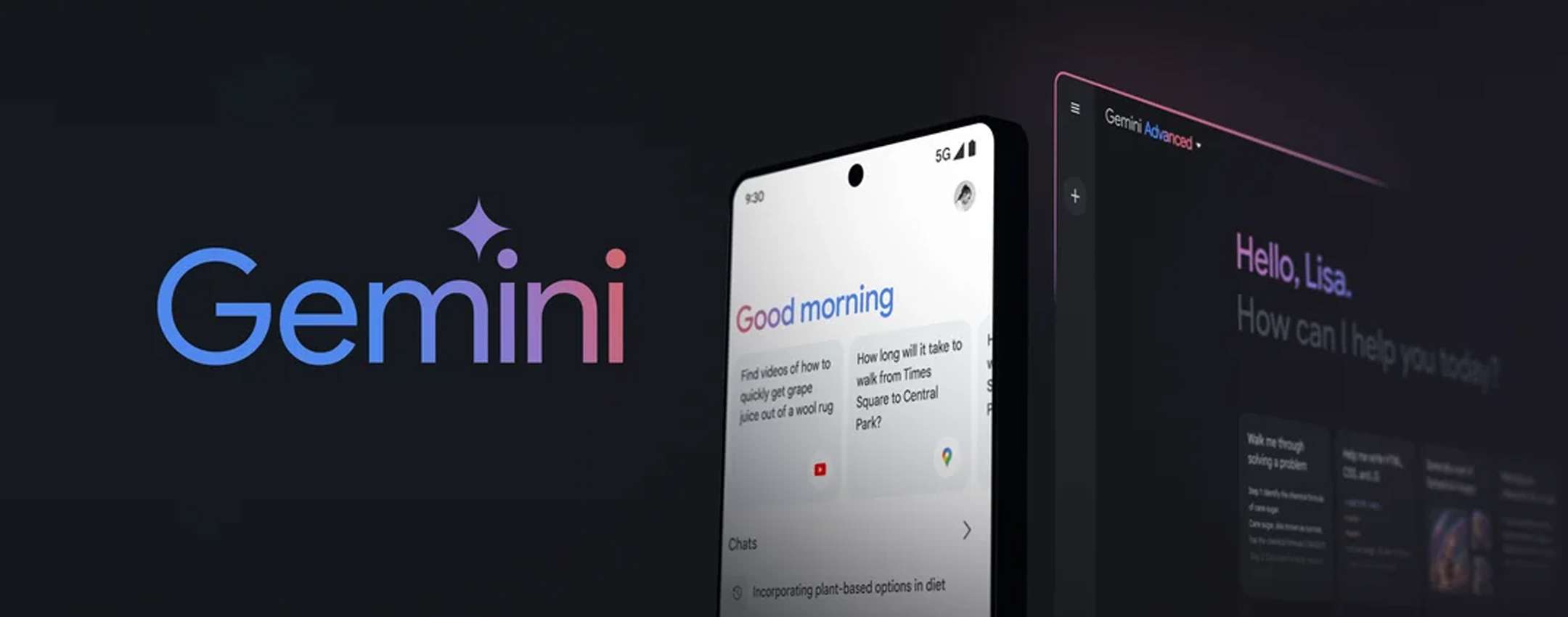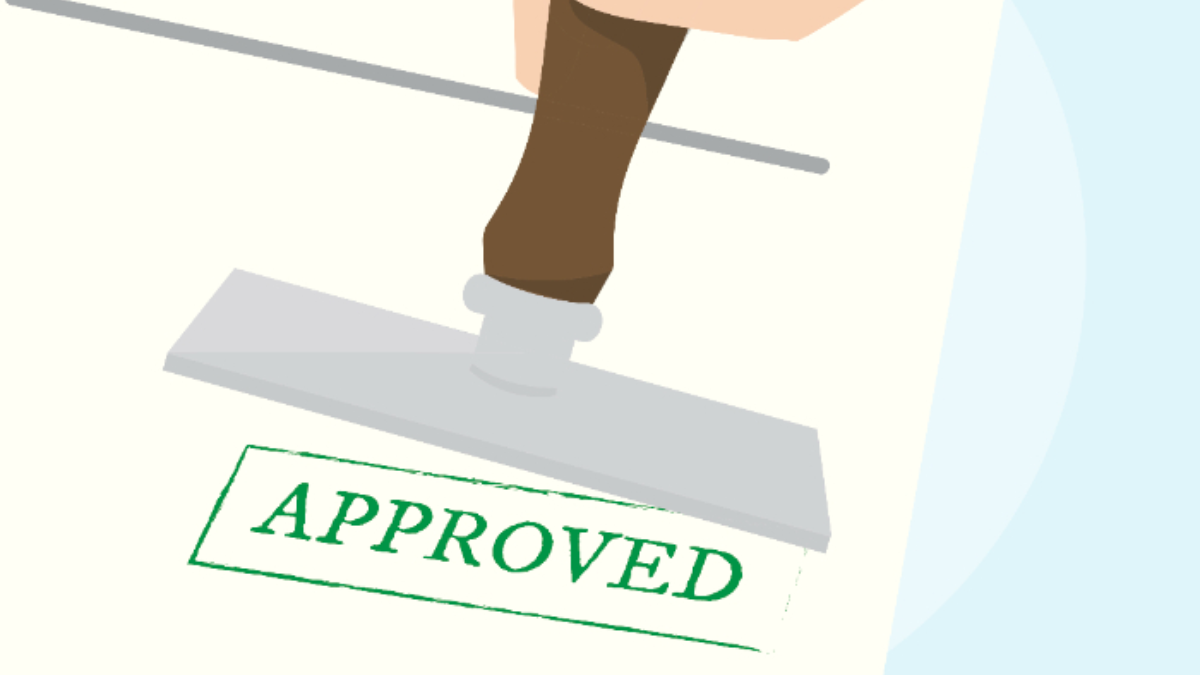The Developer’s Guide to WordPress 6.8
WordPress 6.8 introduces powerful updates for plugin and theme developers—dive into the latest APIs, design tools, and performance features.

WordPress 6.8, codenamed “Cecil,” includes loads of goodies for developers to tinker with. As usual, I’m like an overwhelmed toddler in a toy shop, just trying to figure out which toy I want to take for a test spin first.
The 6.8 update touched many areas of the WordPress Core code, including everything from the block library to performance to patterns. Plus, there are plenty of other quality-of-life improvements in 6.8 for anyone building plugins and themes.
Without further ado, let’s jump straight into them.
For detailed information on each development change, check out the official WordPress 6.8 Field Guide on the Make WordPress Core blog.
- More performant block type registration
- Style Book sections and more
- Block Library updates
- Design tools extended to more blocks
- Organizing patterns
- API updates
- Security: switched to bcrypt for password hashing
- Performance improvements
- What will you build with WordPress 6.8?
More performant block type registration
WordPress 6.8 eliminates the need to manually register block types thanks to its new wp_register_block_types_from_metadata_collection() function. It is a wrapper for the blocks-manifest.php file and the wp_register_block_metadata_collection() function introduced in WordPress 6.7.
Because all of the block data is stored as PHP in blocks-manifest.php, you can register all of your plugin’s block types without reading individual JSON files. Overall, it’s just a more efficient way to register block types—and yes, you can use it for registering single block types, too!
In WordPress 6.8, you can register all of your block types with this call:
wp_register_block_types_from_metadata_collection(
__DIR__ . '/build',
__DIR__ . '/build/blocks-manifest.php'
);
Read the developer note on the Make WordPress Core blog for more information or to find out how to use this in a backward-compatible way when supporting older versions of WordPress.
Style Book sections and more

One of the biggest improvements in 6.8 is the interface update to the Style Book, which separates your style settings into sections. Shown in the screenshot above, you can see how selecting a typeset makes it easier to test and preview your site’s typography.
There are also a couple of other notable upgrades to the Style Book. It now has its own route, which lets you link directly to it. The new URL path is /wp-admin/site-editor.php?p=%2Fstyles&preview=stylebook. Additionally, Style Book support was added for classic themes.
Block Library updates
Between new blocks and additional ways to use existing blocks, WordPress 6.8 brings useful enhancements to the Block Library that expand what you can build and how you build it.
New block: Query Total

WordPress 6.8 ships a new block for sharing information to visitors about the current posts query: Query Total. It should be used inside an existing Query Loop block and has two display options:
- Total results, which displays the total number of query results found.
- Range display, which shows the current results you’re looking at in the total results range.
Gallery lightbox

WordPress 6.8 brings the lightbox effect to the Gallery block. The feature is the same as it already works for individual Image blocks. You set the lightbox effect at the Gallery level by clicking on the Link button in the toolbar and selecting the Enlarge on click option.
It’s worth noting that this feature does not create a lightbox slideshow where you can scroll through all images for the Gallery; it merely applies the existing lightbox feature to the individual Image blocks.
Details block

You can now group multiple Details blocks together via the name HTML attribute. When multiple name, browsers will automatically close an open element when another is opened, creating an accordion effect. You can set the name attribute under Advanced → Name Attribute in the block inspector sidebar.
The Details block also gained HTML anchor support in WordPress 6.8. It is located under Advanced → HTML Anchor.
Nice-to-have feature additions
WordPress 6.8 boasts smaller feature additions to several other blocks, including:
- The Navigation Link block now allows any non-interactive RichText format within the link content.
- The Separator block can now be set to a element for decorative-only use cases (the default
- The File block now supports content-only editing so you can use it for locked patterns while allowing the user to still edit it.
- The Cover block can now be set to a specific image resolution (also possible when using the featured image).
- The Social Link block now has a Discord block variation and an associated icon.
- The Query Loop block gained a couple of nice additions:
- You can sort pages by menu order in either ascending or descending order.
- You can also ignore sticky posts for custom queries.
Notable block CSS changes
WordPress 6.8 includes a couple of CSS-related changes that are unlikely to break theme designs, but they are worth noting as general improvements:
- The Buttons block now has
box-sizing: border-boxapplied, which brings consistency with other blocks. - The Image block’s overlay styles are now handled via a
data-wp-bind--styledirective rather than an inline




















































